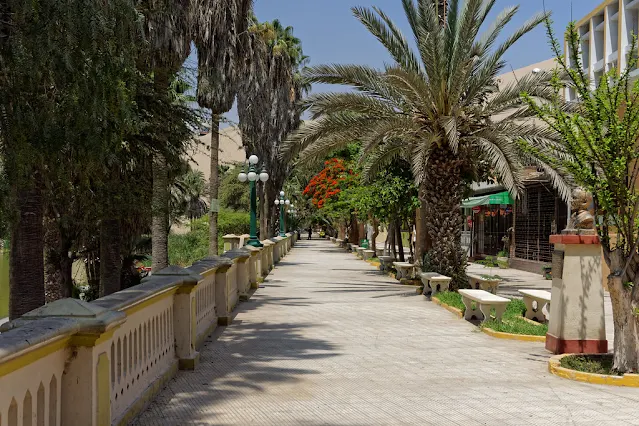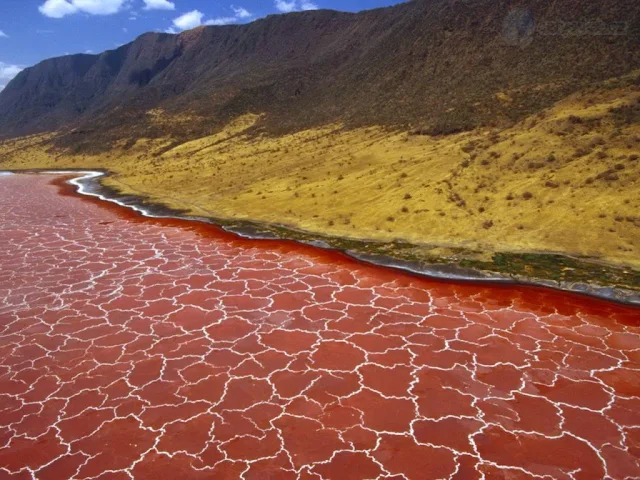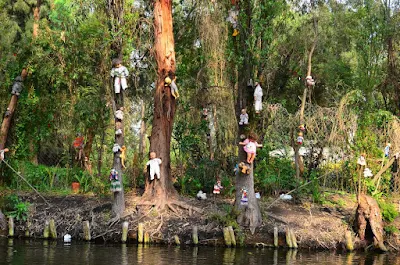Huacachina is a village in southern Peru, an hour away from the Pacific coast. The town is a collection of resorts and restaurants around a blue-green laguna surrounded by huge sand dunes. An antique image of the town is featured on Peru's 50 soles bill.
Huacachina is a village built around a small oasis and surrounded by sand dunes in southwestern Peru. It is about five kilometers from the city of Ica in the Ica District of Ica Province. The oasis was introduced as a feature on the back of the 50 nuevo sol note in 1991. Huacachina has a permanent population of around 100 people, although it hosts many tens of thousands of tourists each year.
Huacachina is built around a small natural lake in the desert. It is
commonly referred to as the "oasis of America", it is a resort geared to
local families from the nearby city of Ica, and increasingly as an
attraction for tourists drawn by the sports of sand boarding on the sand
dunes that stretch several hundred feet high. Other popular activities
include dune buggy rides on buggies known locally as areneros.
According to local legends, the water and mud of the area is
therapeutic. Both locals and tourists often bathe in the waters or cover
themselves with the mud in an attempt to cure ailments such as
arthritis, rheumatism, asthma and bronchitis.
Legend holds that the lagoon was created when a beautiful native
princess removed her clothes to bathe, but after looking in a mirror she
saw a male hunter approaching her from behind. Startled at the
intrusion, she fled the area leaving behind her mirror which turned into
a lake. Other versions hold that she fled, leaving the pool of water
she had been bathing in to become the lagoon. The folds of her mantle,
streaming behind her as she ran, became the surrounding sand dunes. The
woman herself is rumored to still live in the oasis as a mermaid.
The lake was created by natural seepage from the underground aquifers, but the increase in well-drilling started to threaten that supply in the early 2000's. To compensate for this loss, and preserve the oasis as an destination for tourists, local business groups began pumping water into the lake in 2015.
It was announced in 2016 that the Peruvian scientist Marino Morikawa, who created a nanobubble system to decontaminate lake El Cascajo, will lead a project to restore the Huacachina lagoon.
Near the entrance to the Huacachina promenade are kiosks that sell souvenirs, jewelry, t-shirts and other touristy knicknacks. Others sell tasty jams made from fruits in the area and some liqueurs from Ica such as pisco and wine. Apart from these small shops, there are only tiny convenience stores. Virtually all items are more expensive than when purchased in Ica. The only ATM in the town is at the Carola Lodge. It frequently is out of cash. Ica, a few kilometers away, has a number of ATM machines, and money-changers who will convert your dollars into soles and vice versa in exchange for a small commission.






















































